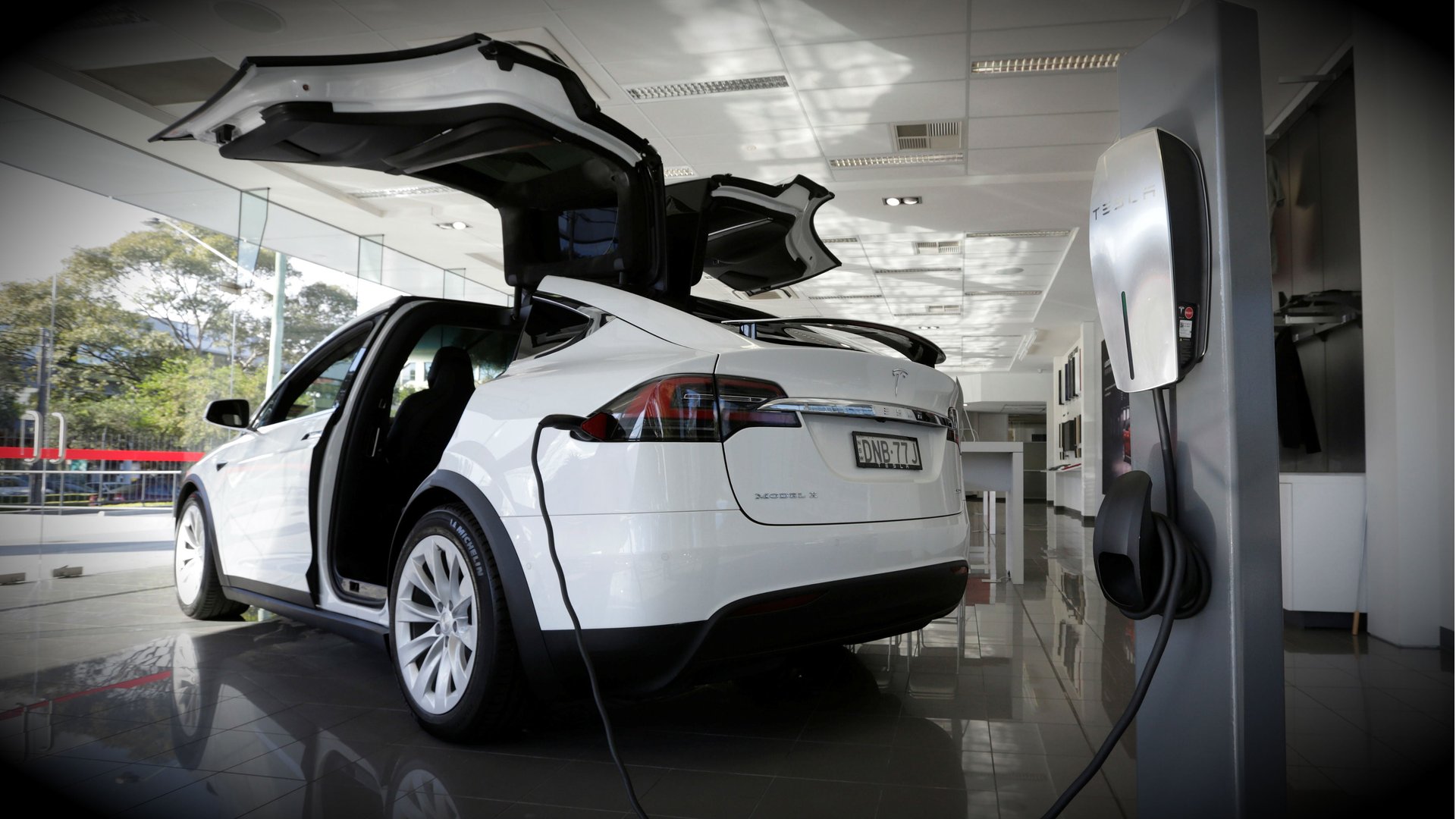Many homes aren’t ready to charge electric cars without blowing the fuse
Strange but true: In many homes, you can’t charge your Tesla Model S and make a cup of tea at the same time.


Strange but true: In many homes, you can’t charge your Tesla Model S and make a cup of tea at the same time.
This warning comes from National Grid, which operates the UK’s electricity-transmission network, as it prepares for a future when cars run on electricity instead of gasoline.
These are the calculations behind the warning. Assume that each electric car will have a battery with a capacity of 90 kilowatt hours (kWh), enough to drive 300 miles (about 480 km). Most users are unlikely to run down the battery all the way in a day’s drive. So the typical charging cycle may start when the battery is 25% full.
A standard 3.5 kW charger would then take 19 hours to fully recharge the car. That’s no good. People would probably prefer a more powerful 11 kW charger, which can recharge a Tesla Model S in six hours.
Here’s the problem, according to National Grid:
The average household is supplied with single phase electricity and is fitted with a main fuse of 60-80 amps [of electric charge]. If one were to use an above average power charger, say 11kW, this would require 48 amps. When using such a charger it would mean that you could not use other high demand electrical items (such as kettles, oven, and immersion heaters) without tripping the house’s main fuse.
There are two solutions to this problem. Homes could be retrofitted with main fuses that carry 100 amps or more, a complicated and costly exercise. So the grid operator says it would be preferable to build a network of shared, super-fast charging stations around the country “rather than carry out a large scale rebuild of the domestic electricity infrastructure.”
For now, be sure to check the capacity of your home’s main fuse before charging your electric car. And consider reading a book while you do.